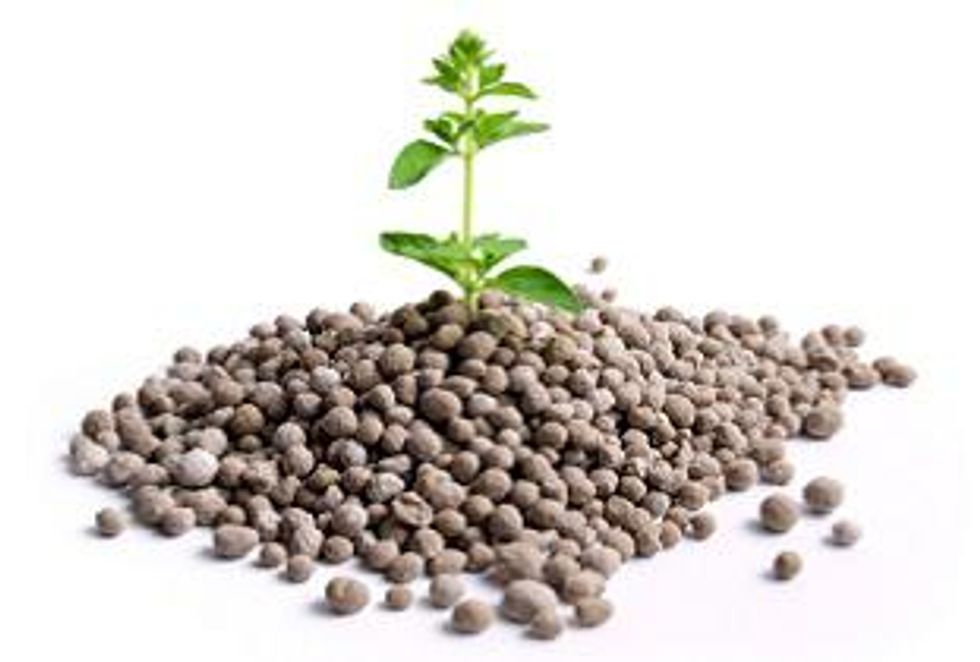When applied to phosphorus, the Hubbert Peak Theory has created quite a stir in phosphate market, spawning a great deal of animated discussion and scientific analysis into the implications of peak phosphate.
By Leia Toovey- Exclusive to Potash Investing News
The aftermath of the Hubbert Peak Theory has sparked concerns over peak phosphorus. When applied to phosphorus, the Hubbert’s peak theory of has created quite a stir, spawning a great deal of animated discussion and scientific analysis into the implications of peak phosphate.While potash (potassium) seems to garner more interest from the investment community, agronomists claim that neither potash or nitrogen fertilizers are threatened with an impending supply shortage, whereas phosphorus is. Phosphorus, a non-renewable resource obtained from mining and processing phosphate rocks, is essential due to its use as a fertilizer. It is one of the three macro-nutrients that crops require in large quantities in order to grow.
As the world’s population grows and populations in the emerging economies start eating more protein- rich diets, the depletion rate of phosphate reserves will accelerate. Proponents of peak phosphate claim that future generations will ultimately face problems in obtaining enough of the fertilizer to exist. While the exact timing may be disputed, it is already apparent that the quantity of remaining phosphate rock reserves is decreasing. According to Foreign Policy magazine “Our dwindling supply of phosphorus, a primary component underlying the growth of global agricultural production, threatens to disrupt food security across the planet during the coming century. This is the gravest natural resource shortage you’ve never heard of.”
The basis of the Hubbert Peak Theory is that the rate of production of a resource follows a bell-shape curve. Current estimates suggest that we will “run out” of phosphorus in 50 to 130 years. This date is conveniently far enough in the future that immediate action does not seem necessary; however, as we know from peak oil analysis, trouble begins not when we “run out” of a resource, but when production peaks. From that point onward, the resource becomes more difficult to extract and more expensive. In the case of phosphate, dwindling supplies will result in skyrocketing food costs and, of course, political and economic instability. The problem of dwindling supplies is expected to be exacerbated by the fact that only four countries, Morocco, China, South Africa and Jordan control 80 percent of the world’s phosphate reserves.
Solutions
Professor Brian Chambers, a leading UK soil scientist, is calling on the government to respond to the threat of peak phosphate by recycling the nutrient from household compost, livestock and human manure and municipal waste. “As imported rock phosphate becomes more expensive and may one day run out, there could be a solution much closer to home. Our primary source – rock phosphate – is mined for use in fertilizers and that’s expected to peak around 2030. It means that right at the time we need to be doubling our food-growing capacity to feed the rising global population, we’ll be starting to run out of phosphorus. It’s a nightmare scenario,” said Chambers. The solution could lie in recovering phosphate from organic waste that currently ends up being sent to landfill. The UK produces about 100 million tonnes of organic waste each year, which could generate up to seven percent of the UK’s renewable energy by 2020, according to the Department for Environment, Food and Rural Affairs (Defra). Chambers believes that more than 50 percent of the UK’s total phosphate requirement could come from organic sources which would not only delay “peak phosphate” but would also reduce greenhouse gas emissions and save the agricultural industry between US $31.5 million to US$47.3 million a year.
Rebuttal
Many experts do not agree with the “peak phosphate” theory. Counter arguments center on pointing out loopholes in the models used to estimate the timeline for peak phosphate. The major shortcomings of these models are the fact that they have either not been able to precisely establish when reserves will be exhausted, or they fail to account for potential changes in demand. The International Fertilizer Development Center (IFDC) recently carried out a study that reassessed the phosphate rock reserves and resources of phosphate-producing countries. This study, released late last year, concluded that global phosphate rock resources suitable for phosphate-based fertilizers were far more extensive than previously estimated. According to the study, at current extraction rates, these resources would be available for several centuries. Then, earlier this year, the United States Geological Survey dramatically increased its reserve estimate for Morocco and Western Sahara from 5.7 billion metric tonnes to 50 billion metric tonnes.
So far, research into peak phosphate has centered on a possible peak in phosphorus supply, however, a potential peak in phosphorus demand should also be investigated. Since phosphorus accumulates in agricultural soils, phosphorus requirements do not increase linearly with agricultural production. Another largely ignored fact is that the predictions of “peak phosphorus” ignore new supplies from phosphorus recycling and re-use. The International Fertilizer Association has established an industry-wide task force on phosphate fertilizer demand and will continue to further the understanding of the peak phosphate concept through examining different consumption scenarios.
